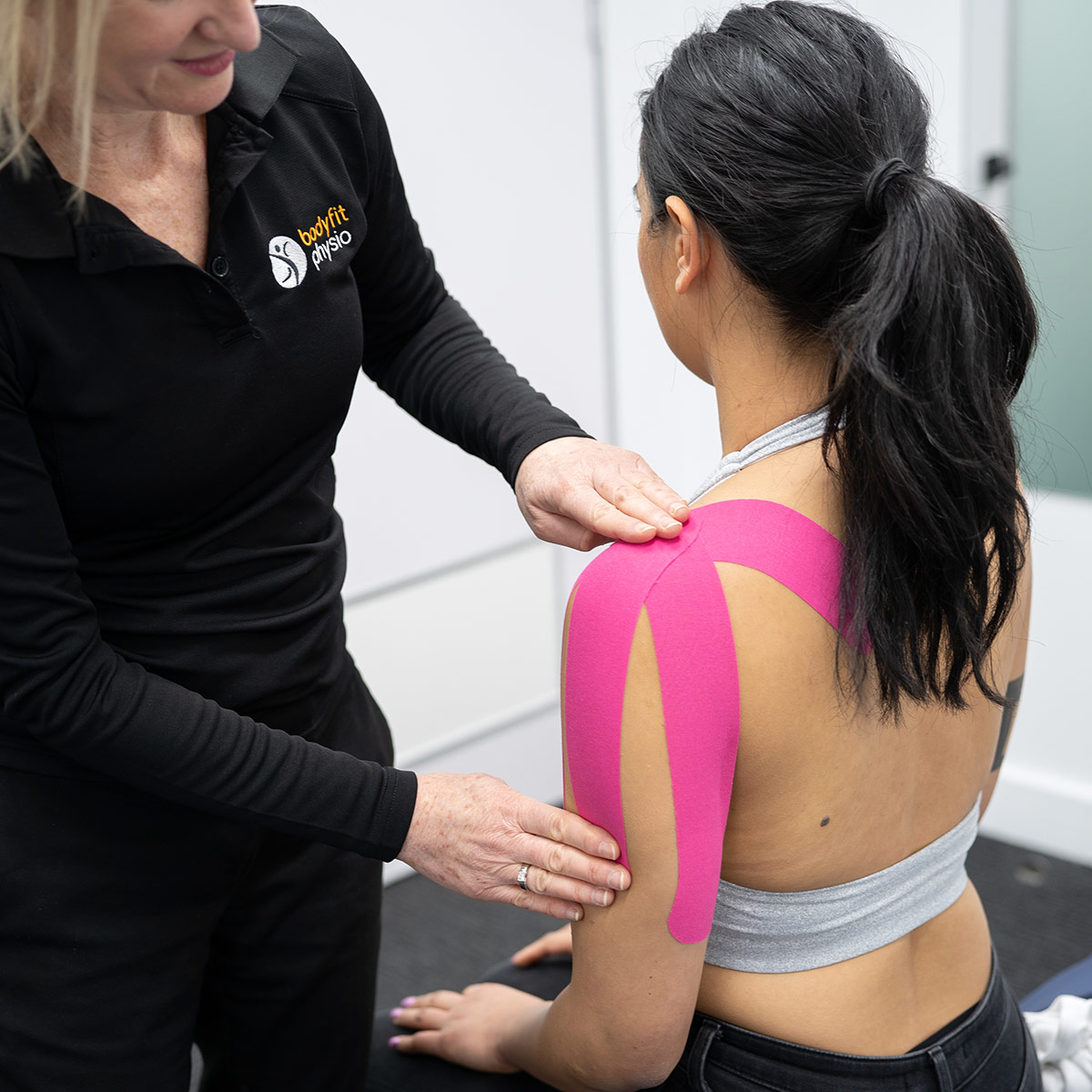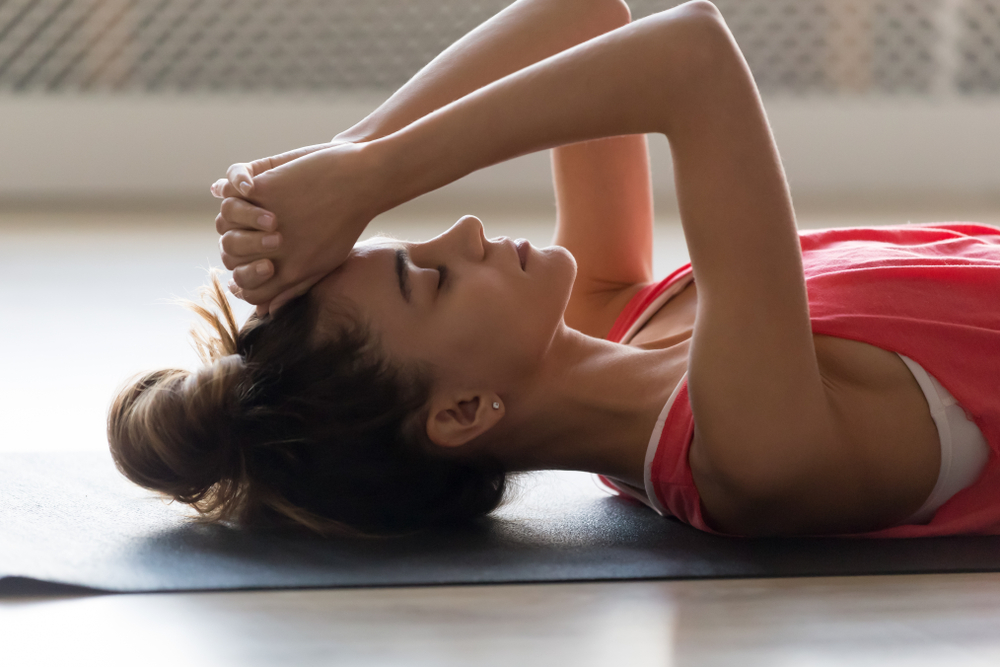Do you have or think you may have a condition called Postural Orthostatic Tachycardia Syndrome (POTS)? Does your heart rate increase when standing? Do you often get light-headed, especially when sustaining positions or have increased levels of fatigue, heart palpitations and cognitive challenges or brain fog?
What is POTS?
People with POTS, have trouble with regulating their autonomic nervous system. This is the system that controls our involuntary functions such as our heart rate, blood pressure and digestion. It is very common for those who have POTS to have other conditions such as: Ehlers Danlos Syndrome(EDS) or HSD – joint hypermobility connective tissue disorders; Chronic Fatigue and Irritable bowel syndrome. POTS is also very common in neurodivergent populations such as those with ADHD and Autism. It is normal for our heart rate to increase when we stand up, however for those with POTS the heart rate goes up considerably higher and stays high, leading to those lightheaded and dizzy symptoms.
It is very common for POTS symptoms to start during the adolescent years. We love working with teens to get on top of issues before they develop further.
How to assess and treat POTS?

Gentle tailored exercise for POTS involves building strength and moving in a safe space without overexertion and can substantially help with reducing your symptoms. Building strength increases the muscle tone in your legs which assists in pumping fluid back towards the head which helps control your blood pressure.
Starting in reclined position e.g. Pilates, Swimming, recumbent bike can be very useful, as it allows you to exercise without exacerbating symptoms by upright postures. It is important to progress gradually under guidance from a POTS aware physiotherapist or Exercise physiologist.
How do you know if you have POTS? We are able to assess for POTS with a standing test also known as the NASA lean test. This is a quick 10-minute test where we look at how your blood pressure and heart rate change when moving from lying down to standing and during a sustained standing position. Find this test and more information about POTS in our resources https://www.bodyfitphysio.com.au/resources/
A few things we recommend for those struggling with POTS:
Compression
Wear compression garments to help increase blood flow. Abdominal and upper thigh compression is most effective – Abdominal binder, high waisted shorts, leggings, tights. Choose garments that are comfortable to wear – they don’t work if left in the wardrobe
Avoid physical triggers
- Standing up quickly
- Standing still for long periods
- High temperatures / Hot showers
- Climbing long flights of stairs
- Lifting heavy objects over 5 kg
Salt & fluids:
Eat 8 to 10 grams of salt a day (after discussing with a healthcare provider)
Increasing your fluid intake up to 3L a day
We understand that POTS is complex, but see success with our strategies, and we are confident that we can help you. We are dedicated to understanding your unique needs. We will aim to provide you with strategies to help care for yourself, whilst nurturing and supporting you to grow your knowledge and confidence. If you or a loved one is suffering from POTS or suspect you might be, book in with one of our lovely physiotherapists here at Bodyfit Physio.

